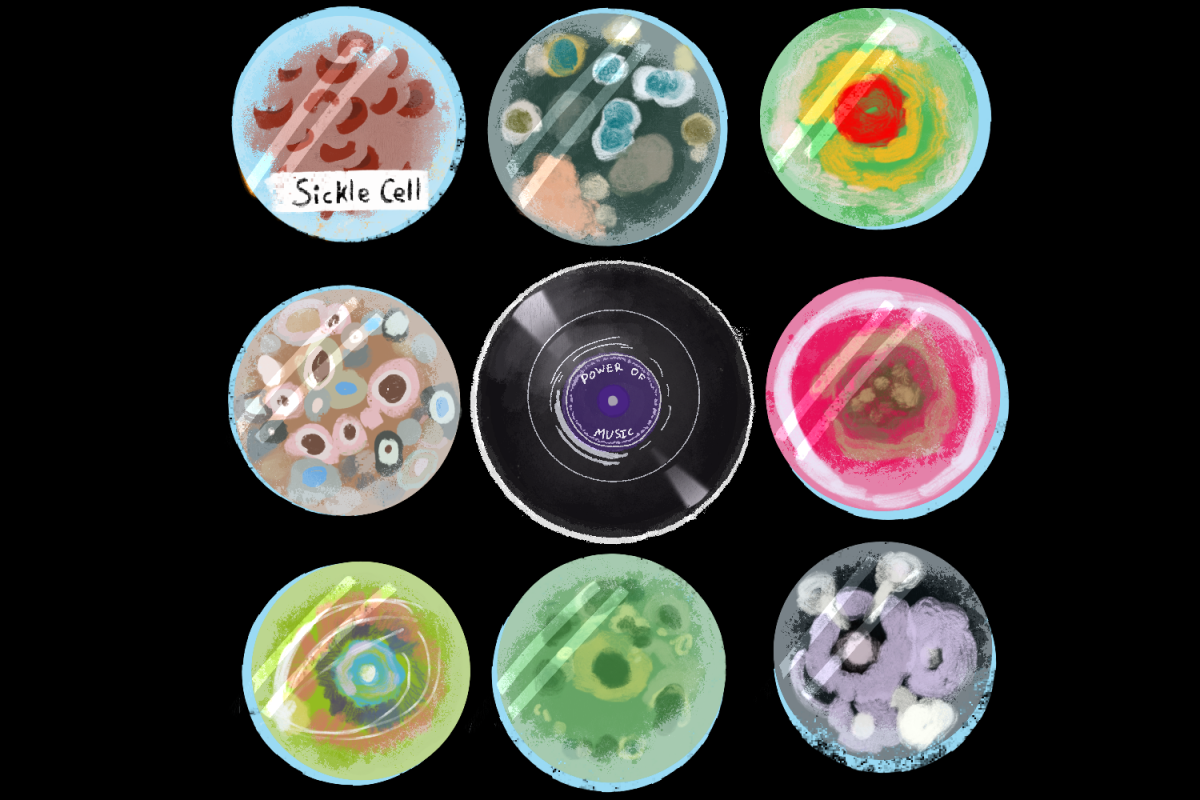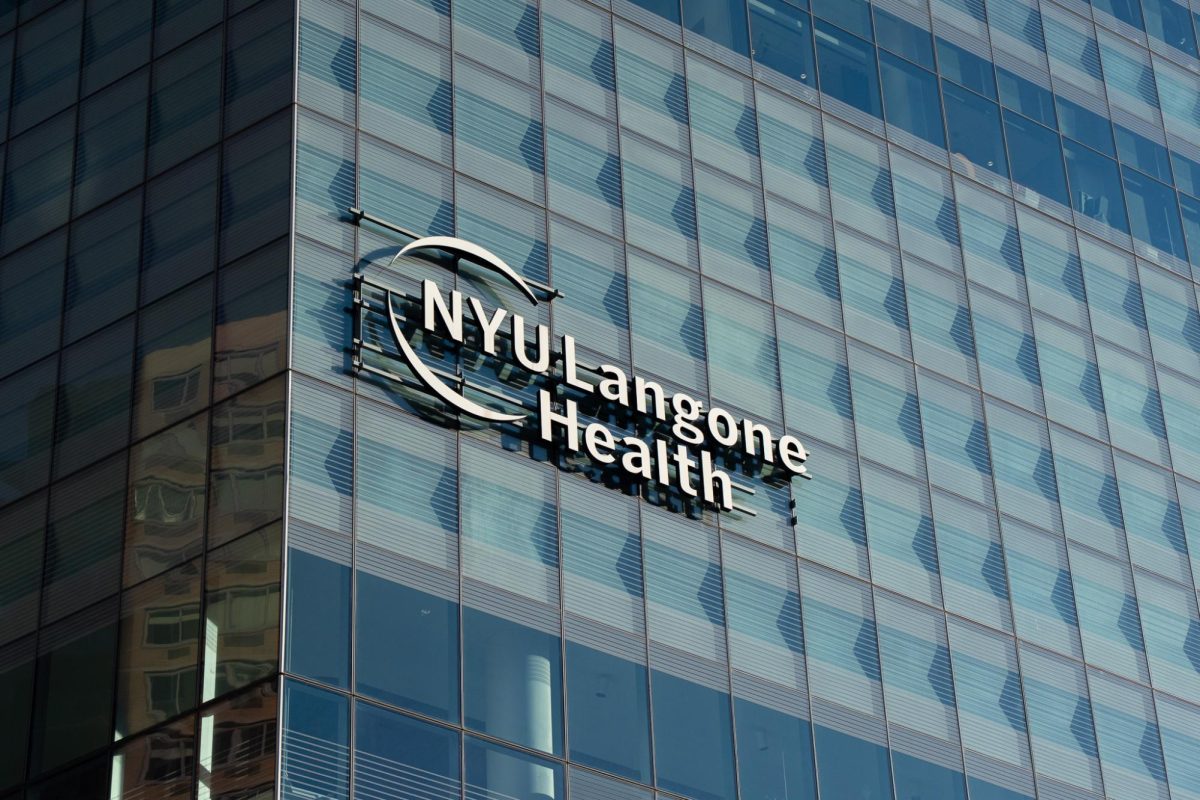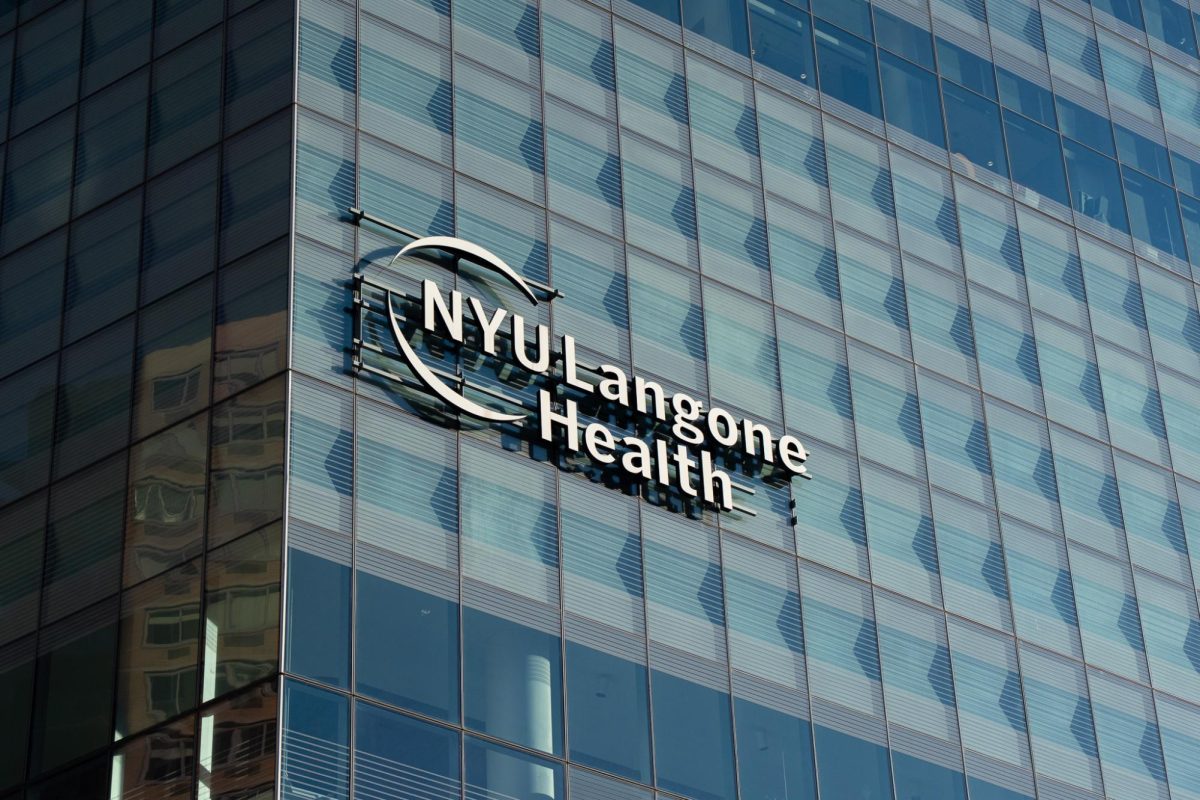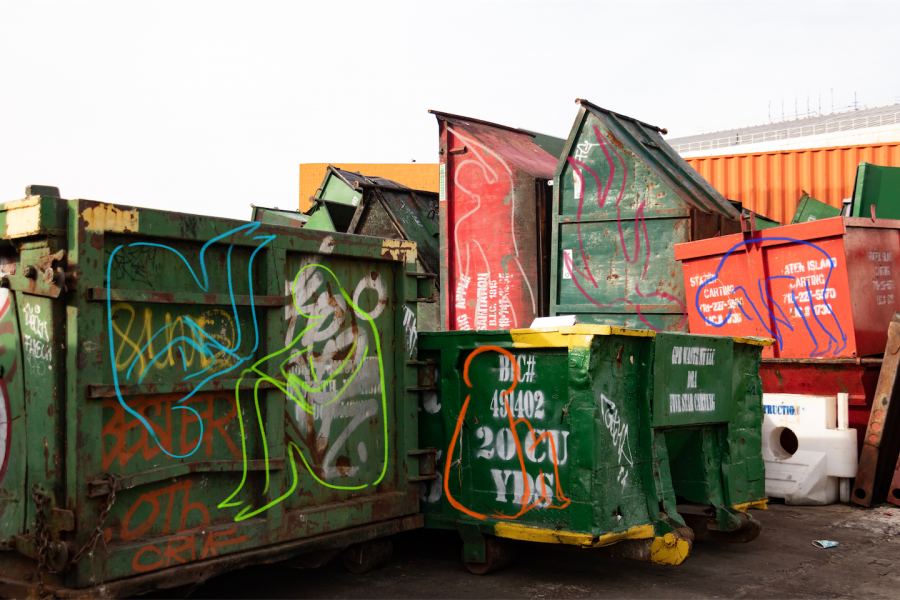Trash is something that we produce every day, often without thinking. In densely-populated New York City, the amount of trash produced in proportion to natural resources is too much to dispose of. In fact, New York City produces more garbage than any other city on the planet, so much so that the lowermost part of Manhattan is built on that trash.
We’re desensitized to seeing those overflowing plastic trash bags on the street, wrappers in the subway and food rotting in the gutters. In a city known for its speed and convenience, it’s easy to forget how much of an impact the collateral damage of daily activities, such as eating or drinking from disposable containers, has on the surrounding environment. It’s a no-brainer for most people to toss out the plastic container, utensils and soiled napkins left after finishing a delicious delivery or to-go meal. However, even though we consume and subsequently toss out so much trash every day, when do we take the time to think about where it goes?
Inspired by Patricia Smith Yaeger’s piece, “Trash as Archive, Trash as Enlightenment,” I wanted to explore how trash could be an archive of the cast-off and of un-belonging. Because after all, trash doesn’t just denote the superficial, but also the unwanted, unnecessary content that we deem no longer necessary in our lives, like the things that we cast out before moving out or after a bad breakup.
Yaeger explains that art and trash have a longstanding relationship, deriving from the politics of creating an aesthetic that desires to disrupt Western and classical forms. Through this project, I hope to disrupt conventional aesthetics to make trash “luminous,” as Yaeger puts it, and make trash in New York visible and legible to a wider audience.
On the recommendation of one of my professors, I headed out to the edges of Brooklyn and Queens to figure out what waste disposal in New York City looks like.
When I began this project, I thought I would be encountering looming mountains of garbage or rivers completely choked up with disposable plastics. Instead, I found trash in all different stages of the disposal process. Unsurprisingly, it is difficult to access spaces that aren’t in the immediate media consciousness of the public. To get to each place, I blocked out either a whole day or afternoon in order to make sure I had enough time to get to where I needed, take pictures and return to before the sun went down.
The first — and closest — stop was the Gowanus Canal, one of the most contaminated places in America. The Environment Protection Agency declared it a Superfund site in 2010, meaning that it was supposed to get the funding it needed to run clear again, but cleanup plans have made little change to the toxic waters poisoned by sewage. The area that I explored was strangely empty, populated by uninhabited junkyards and piles of debris being sorted by two excavator claw machines. It was evident that waste was still being pumped into the canal, however, by the milky quality of the water and lack of wildlife around the waterway.
Newtown Creek is a critical waterway between Brooklyn and Queens, running for miles east from the East River to Long Island. Over the course of the American Industrial Revolution, however, its waters were polluted by oil refineries and other industrial businesses. In 1978, the Greenpoint Oil Spill decimated life in the creek, draining petroleum into the ground underneath Greenpoint. The pollution that this oil spill caused made it impossible for life to persist in the creek and the continued sewer dumping that occurred after this incident made its pollution even more severe.
Greenpoint is also home to the Newtown Creek Wastewater Treatment Plant, the largest wastewater treatment plant in New York City. Although the plant was closed when I visited, it was interesting to explore the surrounding area, because there were a number of different junkyards and other privately owned garbage companies not far from its gates.
Finally, to get to Glass Bottle Beach, I spent the better part of a Wednesday morning taking the subway into Brooklyn, transferring, taking another subway line to the last stop and catching this one bus that dropped me off literally in the middle of nowhere.
Glass Bottle Beach is a product of Dead Horse Bay, a former site for horse rendering factories from the 1850s to the early 1900s. The broken bodies of horses were dumped in the water after being harvested for glue and fertilizer purposes and horse bones still wash up on the beach to this day. Later, the site was used as a landfill until the 1930s. The landfill was capped but burst soon after, bringing antique trash onto the beach from the depths of the bay. It has since become a site for scientists and academics to examine cast-offs from 100 years ago.
Dark clouds and strong winds hinted strongly at the possibility of rain. Again, being a weekday, the beach was ominously empty. However, I did get the opportunity to explore the washed-up debris at low tide, meaning that more of the vintage trash was exposed to open air. It was interesting to see the older jars and wood pieces scattered amid newer beer bottles and plastics. As described by others online, it really seemed like a time capsule to the past, providing a unique perspective on trash that the other locations couldn’t offer.
This project is called “On Bodies of Trash” because of the link between trash and human pain: what do people throw away in order to assimilate with a group? The piles of garbage we build up illustrate how discarded things survive invisibly even when we have supposedly abandoned them. It’s especially evident in a place like New York City that non-white residential areas must bear the cost for affluent white areas to live in continued ignorance of the impact of toxic trash on the health of lower-income communities. We sacrifice other bodies for our own convenient lifestyles, putting them in between us and the prospect of facing our own garbage.
Email Marva at [email protected].


























































































































































